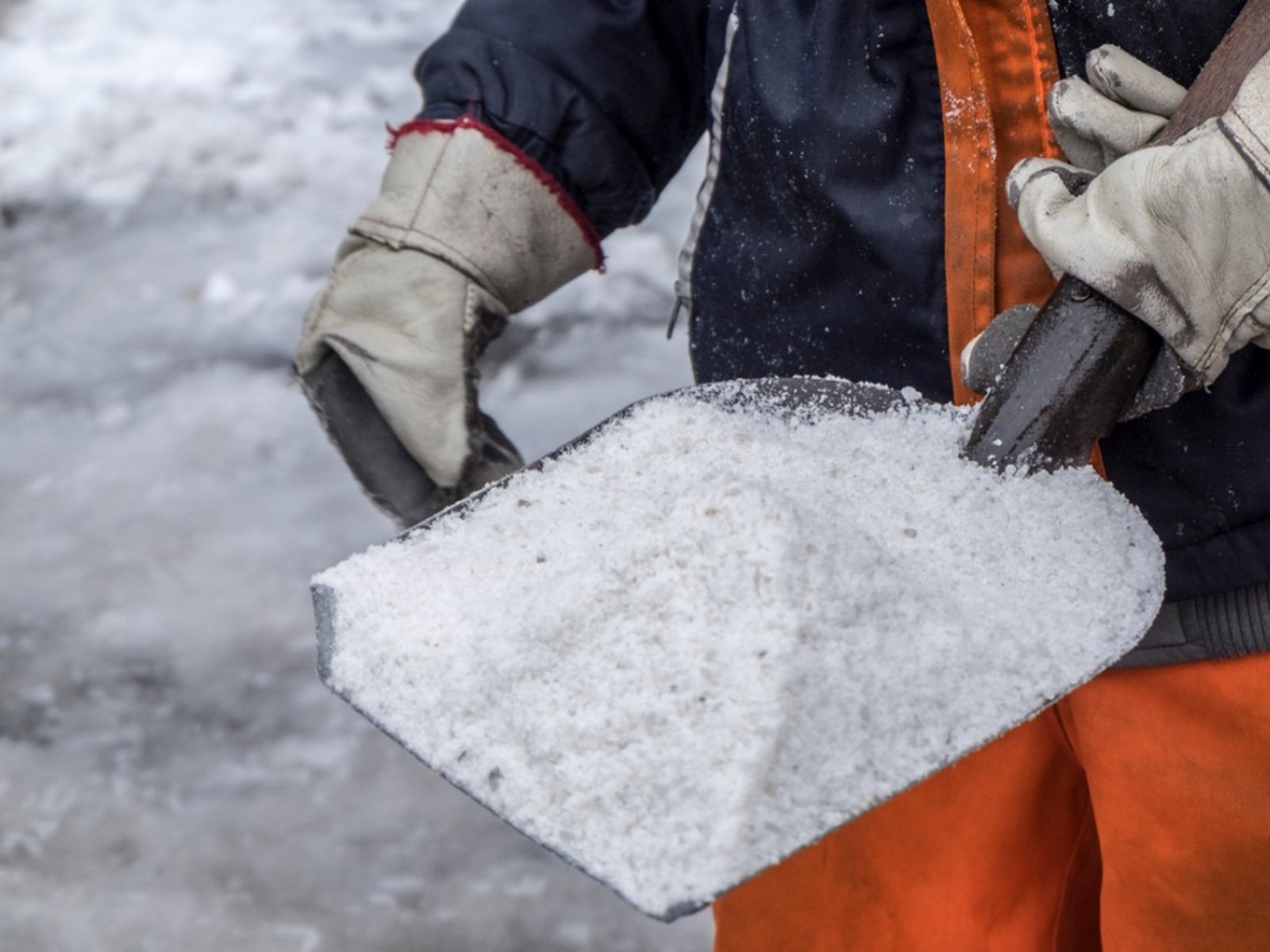Salt Injury To Plants: How To Save Plants From Salt Damage

In northernmost regions where the use of salt spray is popular during winter, it is not uncommon to find salt damage on lawns or even some salt injury to plants. So how can you reverse salt damage once this happens? Keep reading to learn more about treating salt damage to lawn areas and how to save plants from salt damage.
Salt Damage on Lawns
Anyone living in the north along a busy roadway where salt is used to help melt ice understands how damaging salt is to lawns. The salt draws moisture from the grass and causes it to brown. Salt used to de-ice roads is mostly refined rock salt, which is 98.5 percent sodium chloride. Calcium chloride is less damaging to lawns and plants but is not used as often as refined rock salt because it is more expensive.
Treating Salt Damage to Lawn
Use pelletized gypsum soil condition to reverse salt damage on lawns. The gypsum, or calcium sulfate, replaces the salt with calcium and sulfur, which will help to heal the grass and encourage new growth. It is also useful in helping the soil retain water. Use a lawn spreader to spread a thin layer over the affected grass and water well. Minimize your use of salt on walkways and driveways and try putting up a burlap screen or snow fence along the road to keep salt damage on lawns to a minimum.
Salt Injury to Plants
Much to many homeowners' dismay, wind driven salt spray from road trucks can travel up to 150 feet (46 m.). This salt can cause extreme damage and salt injury to plants as well, especially pine spruce and fir. Salt damage to evergreen plants causes needles to turn brown from the tip to the base. Deciduous plants may be damaged, but this will not be noticeable until the spring when plants do not leaf out or bud properly because of bud damage. If rain or snowmelt does not dilute salt placed on sidewalks and driveways, the soil becomes very salty and can damage plants. To save plants from salt damage, it is necessary to grade walks and driveways so that they drain away from your plants. Rinse all plants exposed to salt with water in the spring. Although it is very difficult to reverse salt damage, you can do your best to prevent it by using something other than salt for a deicer. Kitty litter and sand are two options that work well to melt ice without damaging plants.
Gardening tips, videos, info and more delivered right to your inbox!
Sign up for the Gardening Know How newsletter today and receive a free copy of our e-book "How to Grow Delicious Tomatoes".
-
 Looking For Plants To Give You The Soft And Fuzzies? Try These 5 Fuzzy Leaf Plant Options
Looking For Plants To Give You The Soft And Fuzzies? Try These 5 Fuzzy Leaf Plant OptionsLovers of texture, drama, silver foliage and tactile plants will adore these special sensory garden additions. These fuzzy leaf plant options will leave you all aglow
By Susan Albert
-
 Get Ready For A Summer Of Hummers! Grow These Full Sun Hummingbird Plants and Flowers
Get Ready For A Summer Of Hummers! Grow These Full Sun Hummingbird Plants and FlowersIf you’re lucky enough to enjoy a sunny backyard, make sure you are maxing out on your pollinator opportunities and grow these full sun hummingbird plants and flowers
By Tonya Barnett